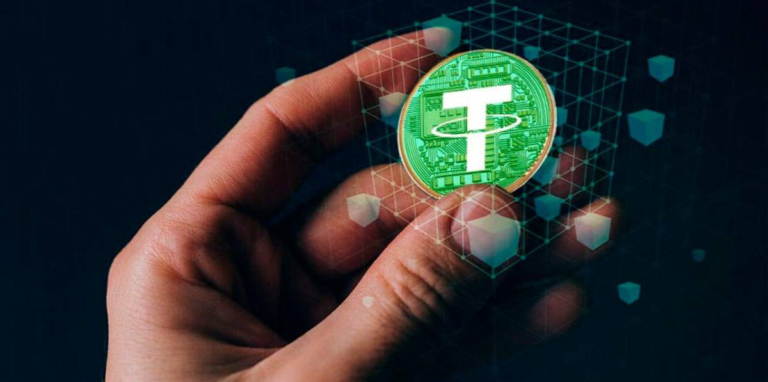The Journey of Cryptocurrencies in India
Introduction: Despite their growing popularity, cryptocurrencies remain a relatively new and evolving technology. As a result, they present opportunities and challenges like regulatory concerns, security issues, and market volatility.
Cryptocurrency is a type of digital or virtual currency that uses cryptography for security. Unlike traditional currencies issued by governments (such as the US dollar or the Indian rupee), cryptocurrencies operate on decentralized networks based on blockchain technology, which is a distributed ledger maintained by a network of computers (or nodes).
Journey of Crypto in India
The journey of cryptocurrencies in India has been a complex and evolving one, marked by significant developments, regulatory challenges, and growing public interest. Here’s a detailed look at the key phases of this journey:
1. Early Introduction and Adoption
Bitcoin’s Entry: Bitcoin, the first cryptocurrency, was introduced to India around 2010. Initially, it attracted a niche group of tech enthusiasts who were interested in mining and trading Bitcoin.
2. Surge in Popularity and Initial Regulatory Concerns
Demonetization Impact: The Indian government’s demonetization initiative in November 2016 led to a surge in interest in cryptocurrencies as an alternative asset class. Bitcoin and other cryptocurrencies saw a significant rise in popularity as people sought alternatives to traditional financial systems.
3. Regulatory Crackdown and Legal Uncertainty (2017-2019)
RBI Banking Ban (April 2018): In April 2018, the RBI issued a circular that prohibited banks and financial institutions from providing services to individuals and businesses dealing with cryptocurrencies. This banking ban severely impacted cryptocurrency exchanges, leading to a significant drop in trading volumes and the closure of several exchanges. Some exchanges shifted to peer-to-peer (P2P) models to continue operations.
4. Supreme Court Ruling and Industry Revival (2020)
Resurgence of the Market: Following the Supreme Court ruling, the Indian cryptocurrency market experienced rapid growth. New exchanges emerged, and existing ones expanded their services. The number of cryptocurrency users and investors increased significantly.
5. Government Scrutiny and Regulatory Developments (2021-2022)
Proposed Cryptocurrency Ban: In early 2021, reports emerged that the Indian government was considering a bill to ban all private cryptocurrencies while allowing for the creation of a Central Bank Digital Currency (CBDC). This led to widespread concern and speculation about the future of cryptocurrencies in India.
6. Current Landscape and Future Prospects (2023-Present)
Growing Adoption and Innovation: Despite regulatory challenges, cryptocurrency adoption in India has continued to grow. Millions of Indians are now involved in trading, investing, and exploring blockchain-based technologies such as decentralized finance (DeFi) and non-fungible tokens (NFTs)
Conclusion: The journey of cryptocurrencies in India reflects the tension between innovation and regulation. From early enthusiasm and rapid adoption to regulatory crackdowns and legal victories, the crypto industry in India has shown resilience.
FAQ’s
What is the current status of cryptocurrency in India?
The Indian government has not yet legalized or banned cryptocurrencies outright. However, it has imposed a 30% tax on crypto gains and introduced regulations for crypto exchanges.
What was the first cryptocurrency to be introduced in India?
Bitcoin was the first cryptocurrency to gain popularity in India, introduced around 2009-2010.
What was the RBI’s stance on cryptocurrencies in 2018?
In 2018, the Reserve Bank of India (RBI) banned banks from dealing with cryptocurrencies, effectively shutting down crypto exchanges.
Also Read – 10 Best Cryptocurrency Exchanges And Apps In India
Share This Article







